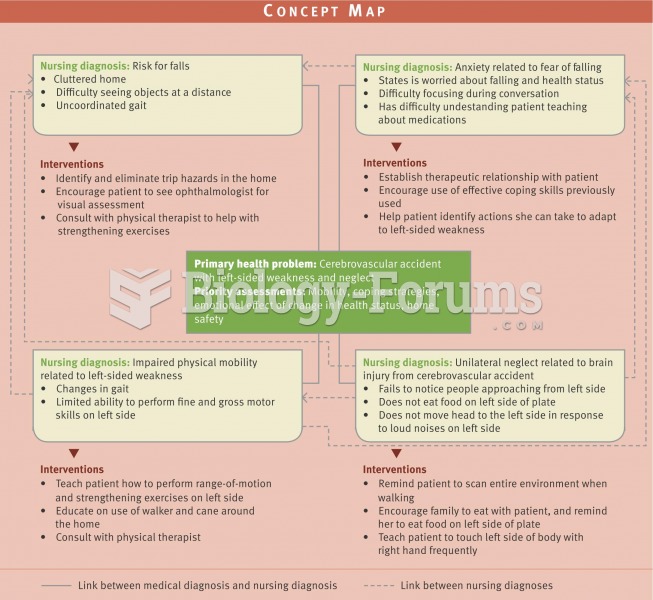|
|
|
Hypertension is a silent killer because it is deadly and has no significant early symptoms. The danger from hypertension is the extra load on the heart, which can lead to hypertensive heart disease and kidney damage. This occurs without any major symptoms until the high blood pressure becomes extreme. Regular blood pressure checks are an important method of catching hypertension before it can kill you.
Chronic marijuana use can damage the white blood cells and reduce the immune system's ability to respond to disease by as much as 40%. Without a strong immune system, the body is vulnerable to all kinds of degenerative and infectious diseases.
In the United States, there is a birth every 8 seconds, according to the U.S. Census Bureau's Population Clock.
Urine turns bright yellow if larger than normal amounts of certain substances are consumed; one of these substances is asparagus.
This year, an estimated 1.4 million Americans will have a new or recurrent heart attack.







